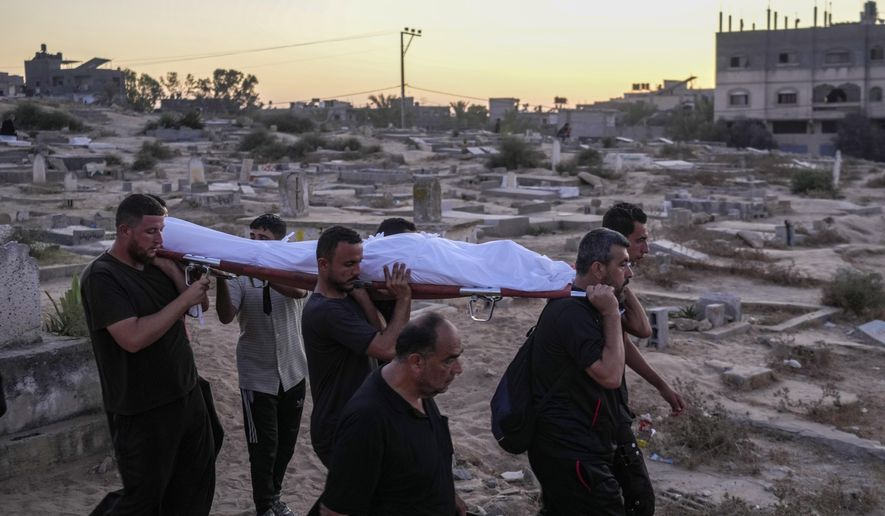More than 40,000 Palestinians have died as a result of Israeli military actions in Gaza since the October 7 Hamas-led attack on Israel, according to figures from the Hamas-run Gaza Health Ministry released on Thursday. The death toll—reported to be 40,095—represents roughly 1.7% of the 2.3 million people who live in the densely populated territory.

In addition to the staggering number of fatalities, satellite imagery analysis indicates that approximately 60% of the buildings in Gaza have either been damaged or completely destroyed since the beginning of the conflict.
The southern city of Rafah has been among the hardest hit by airstrikes and ground operations, suffering extensive damage, according to the imagery.
The Gaza Health Ministry’s report does not differentiate between civilians and combatants in its tally of the deceased. However, Israeli officials told the BBC that over 15,000 terrorists affiliated with Hamas have been killed during the ongoing war.

The figures provided by both sides, particularly by the Gaza Health Ministry, have historically been widely reported during periods of conflict and are frequently referenced by international bodies such as the United Nations.
The breakdown of the Gaza Health Ministry’s data reveals that a significant proportion of the dead are women, children, and elderly civilians, though no specific figures have been released to distinguish among these groups.
Journalistic access to Gaza has been severely restricted. Israel has barred international journalists, including those from the BBC and other major outlets, from entering the region, meaning they are unable to independently verify claims from either side.

Furthermore, data from Gaza is often difficult to cross-check due to the destruction of infrastructure, including damage to hospitals and severe limitations on internet access and communications.
In recent weeks, the Gaza Health Ministry’s ability to function has been further compromised by ongoing airstrikes and blockades, preventing it from properly operating in areas like mortuary services and medical data gathering.
Reports indicate that the Ministry has resorted to using ad-hoc systems in hospitals for counting and identifying the dead, as communication systems and internet services have been largely incapacitated.

The Gaza Ministry of Health’s Central Media Office (CMO) has begun publishing numbers and casualty figures online as conditions allow, though these figures are increasingly relying on “reliable media” sources due to the collapse of traditional reporting methods. These numbers may also include those who remain unaccounted for and presumed dead under the rubble of bombed-out buildings.
As of this month, figures are believed to be incomplete, as many bodies remain unidentified due to infrastructure failures across Gaza, including a lack of mortuary facilities and limited access to forensic services.
This has led to a growing number of missing persons being included in the total death count. The full extent of the devastation is unlikely to be known for some time due to the sheer scale of destruction and the ongoing military operations throughout the region.



